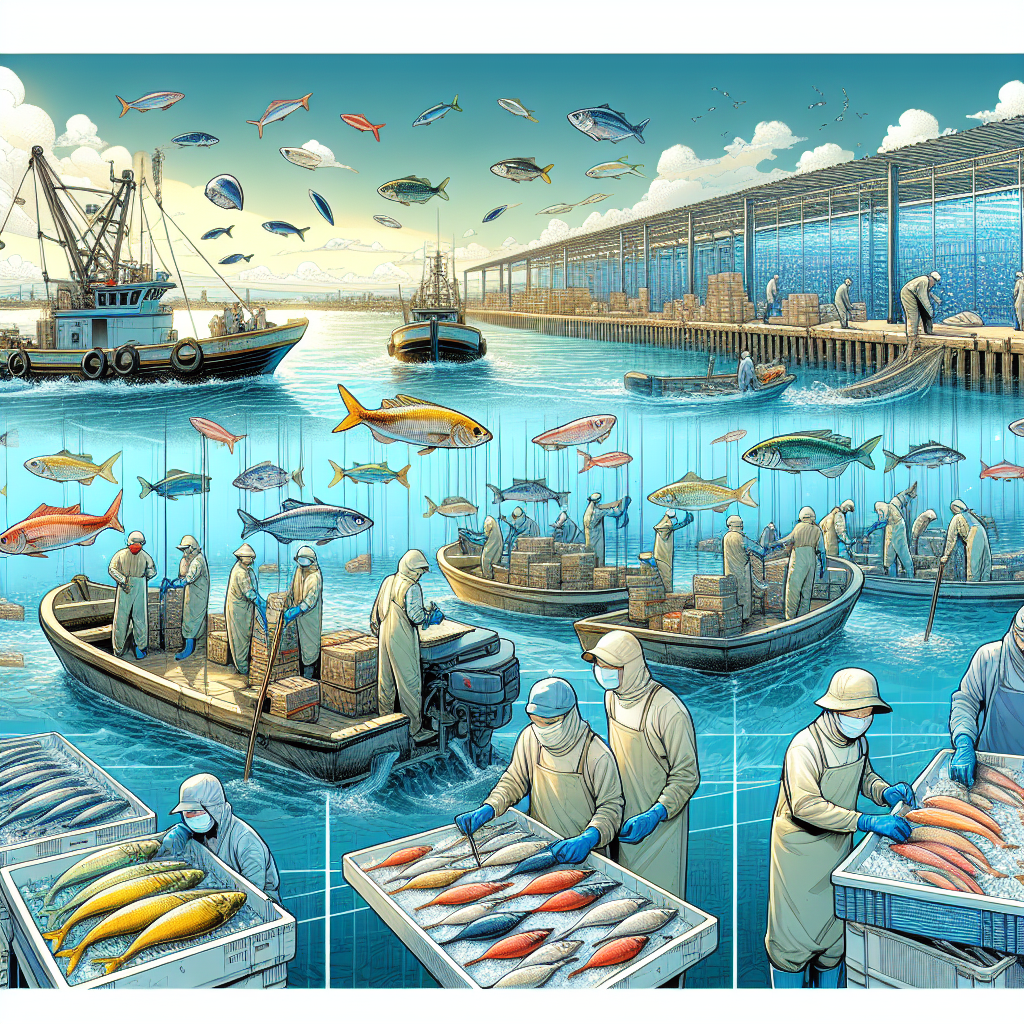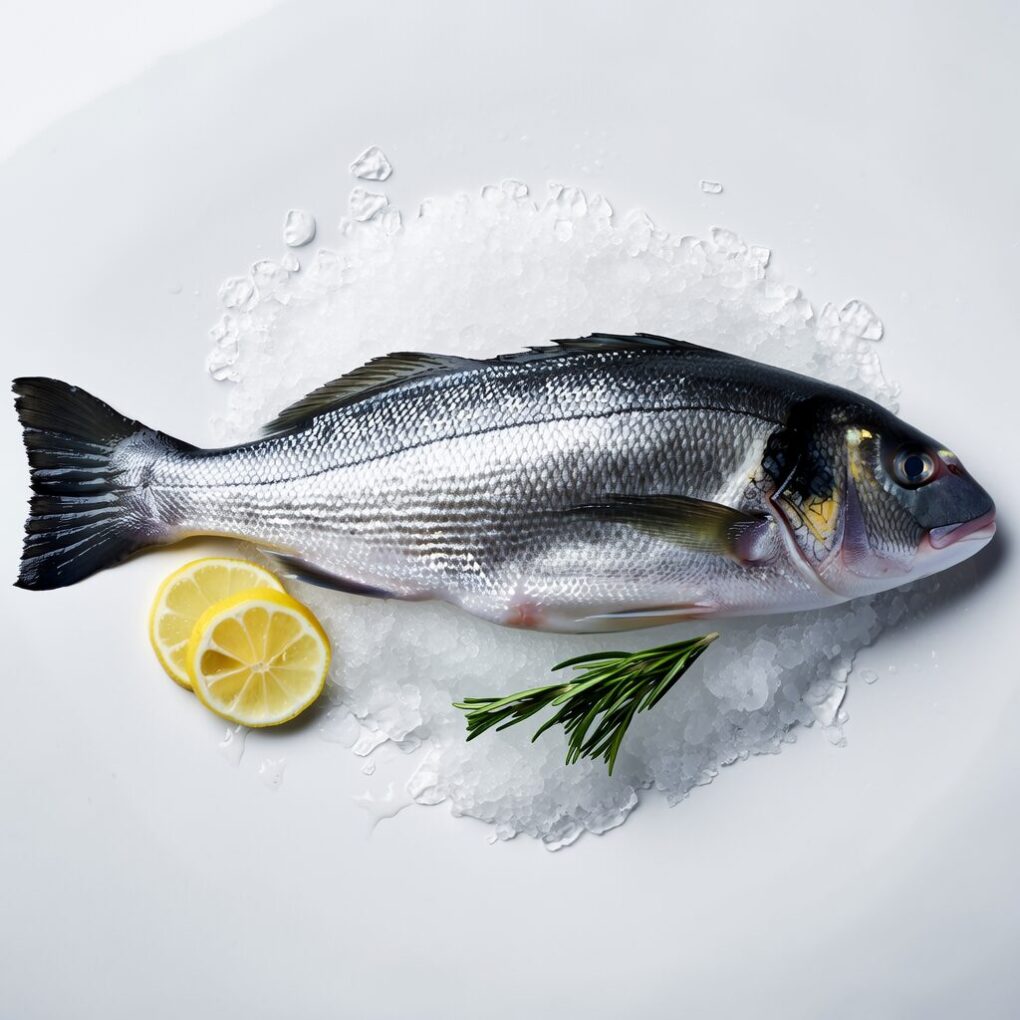Introduction to Fishing Processing
Fish processing is an important step in the seafood business that ensures that the fish reaches the consumer in a fresh and high-quality state. From the moment the fish is caught until it reaches the market, different processing steps are taken to preserve and maintain the fish’s flavor and nutritional value.
The Importance of Fishing Processors
The processing of fish is crucial to ensuring that the consumer has access to high-quality and safe seafood products. Proper processing techniques prevent spoilage, contamination and loss of nutritional value.
Steps in Fishing Process
Fish processing involves several steps, including cleaning, gutting and filleting fish, chilling and freezing, packaging and distribution. Each step is crucial to preserving the quality and extending the shelf life of the fish.
Cleaning
Cleaning the fish is the first step to processing it. This involves removing any dirt, scales or unwanted parts. This step is essential to maintaining the freshness of the fish.
Gutting
After cleaning, the fish’s internal organs are removed. This ensures that there are no bacteria or contaminants in the fish. Gutting improves the taste and texture of the fish.
Filleting
Once the fish has been gutted, it is then filleted in order to remove the skin and bones. Filleting makes it easier to cook and consume the fish, and improves its appearance.
Chilling
After filleting the fish, it is chilled to maintain freshness and prevent bacteria growth. The fish’s texture and flavor are preserved by chilling.
Freezing
To prolong the shelf life of fish, it can be frozen if it is not consumed immediately. The fish’s nutritional value and quality can be preserved for a longer period of time by freezing.
Packaging
Once the fish has been chilled or frozen, it is packaged in airtight containers that protect it from contaminants. This also maintains its freshness. Proper packaging is essential to ensure that the fish is safe for consumption.
Distribution
Lastly, the processed fish will be distributed to different markets, restaurants and consumers. Distribution efficiently ensures the fish reaches its final destination on time and in good condition.
Quality Control in Fishing Processing
Quality control is a crucial aspect of fish processing. It ensures that all products meet safety and product standards. Regular inspections, tests, and certifications verify that the fish is safe to consume and has been processed correctly.
Fishing processing has many benefits
Fish processing has many benefits, including an increased shelf-life, reduced waste, improved product quality, and improved food safety. Processing fish allows for the creation and sale of value-added seafood products.
Shelf life increased
Correct processing techniques can increase the shelf life of products made from fish, reducing the risk that they will spoil and cause food waste. The use of freezing and chilling methods helps to preserve the quality and freshness of fish, allowing for it to be stored longer.
Reduce Waste
By maximizing the use of all parts of a fish, efficient fishing processing reduces waste. Businesses can maximize the value of every catch by processing fish and reduce environmental impact with sustainable practices.
Improved Food Safety
Processing fish is essential to ensuring food safety. It prevents contamination and spoilage. In order to maintain the safety and quality, strict hygiene practices, appropriate storage, and transport methods are required.
Enhance Product Quality
Processing involves cleaning, filleting, and packaging fish products to meet consumer demand for quality and freshness. The use of proper handling and processing techniques results in visually appealing, superior-tasting seafood products that meet industry standard.
Value-Added Products
Fishing processing creates value-added products like smoked fish, canned seafood, and marinated seafood. These products are tailored to the tastes of consumers and provide additional revenue streams for businesses that sell seafood.
Market Opportunities
By processing fish, businesses in the seafood industry can expand their market and provide diverse products to customers from a variety of backgrounds. Processed products of fish appeal to different consumer groups and provide new distribution channels to businesses.
Challenges in Fishing Processing
While the processing of fish offers many benefits, seafood businesses also face challenges in ensuring that their products are safe and of high quality. These challenges include regulatory conformity, supply chain management and sustainability concerns.
Regulatory Compliance
To ensure the safety and high quality of their seafood, businesses must adhere to strict regulations and standards set forth by government agencies. Non-compliance may result in fines and recalls as well as damage to the business’ reputation.
Supply Chain Management
In the fishing processing industry, managing the supply chain efficiently ensures that products are sourced and processed in a timely fashion. Supply chain management can reduce costs, minimize wastage, and maintain product standards.
Sustainability Issues
As consumers become more eco-conscious, seafood businesses need to adopt sustainable fishing methods and processing techniques. This includes reducing waste, minimizing bycatch and promoting responsible aquaculture in order to protect ocean ecosystems.
Market Competition
The seafood industry is fiercely competitive. Many players are competing for market share and attention from consumers. To differentiate themselves from the competition, seafood businesses need to use innovative processing techniques, quality control, and marketing strategies.
Technological Advances in Fishing Processing
Technological advances have revolutionized the fishing industry, resulting in improved efficiency, product and sustainability. Digital tools, artificial intelligence and automated equipment have revolutionized traditional processing methods.
Automated Equipment
Automation equipment, such as filleting and portioning machines and packaging systems, has revolutionized the fishing processing industry by increasing consistency and productivity. These machines are capable of performing tasks quickly and accurately. They reduce labor costs and improve product quality.
Artificial Intelligence
Artificial intelligence (AI), a technology that is used in the fishing industry, helps to optimize production processes, monitor and control quality, and predict market trends. AI algorithms are helping seafood businesses make data driven decisions, improve efficiency and enhance product development.
Digital Tools
In the fishing industry, digital tools like inventory management software and quality control apps, such as traceability systems and inventory tracking software, are essential to track products, monitor stock levels, and ensure compliance. These tools improve food safety, increase transparency and streamline operations.
Future Trends in Fishery Processing
The future of fish processing will likely be shaped largely by technological innovations, sustainable practices and consumer preferences. Seafood businesses need to adapt to these changes, by adopting new processing methods, improving product quality, and meeting evolving customer demands.
Technological Innovations
Further advancements in technology such as sensors, robotics, and IoT devices will further automate, and optimize, fishing processing operations. These innovations will increase efficiency, reduce costs and ensure the quality and safety of fish products.
Sustainable Practices
As sustainability becomes a top priority in the seafood sector, the fishing industry will focus more on eco-friendly practices and waste reduction. Businesses will adopt innovative strategies to reduce environmental impact and promote sustainable consumption of seafood.
Consumer Preferences
Consumers are looking for healthier, more sustainable and convenient seafood. This influences the types of fish that are processed and the packaging options offered. Fishing processing will adapt to changing consumer preferences through innovative products that are aligned with market trends.
Market Trends
Market trends, such as ecommerce, food delivery services and global trade agreements, will have an impact on fishing processing, changing distribution channels, the dynamics of the market, and product offerings. To remain competitive and meet customers’ expectations, seafood businesses must adapt to market trends.
Conclusion
In conclusion, fish processing is an important component of the seafood sector that ensures quality, safety and freshness. By implementing quality control and embracing technology advancements, businesses can meet the demands of consumers, improve sustainability and thrive in a highly competitive market by following proper processing techniques.




